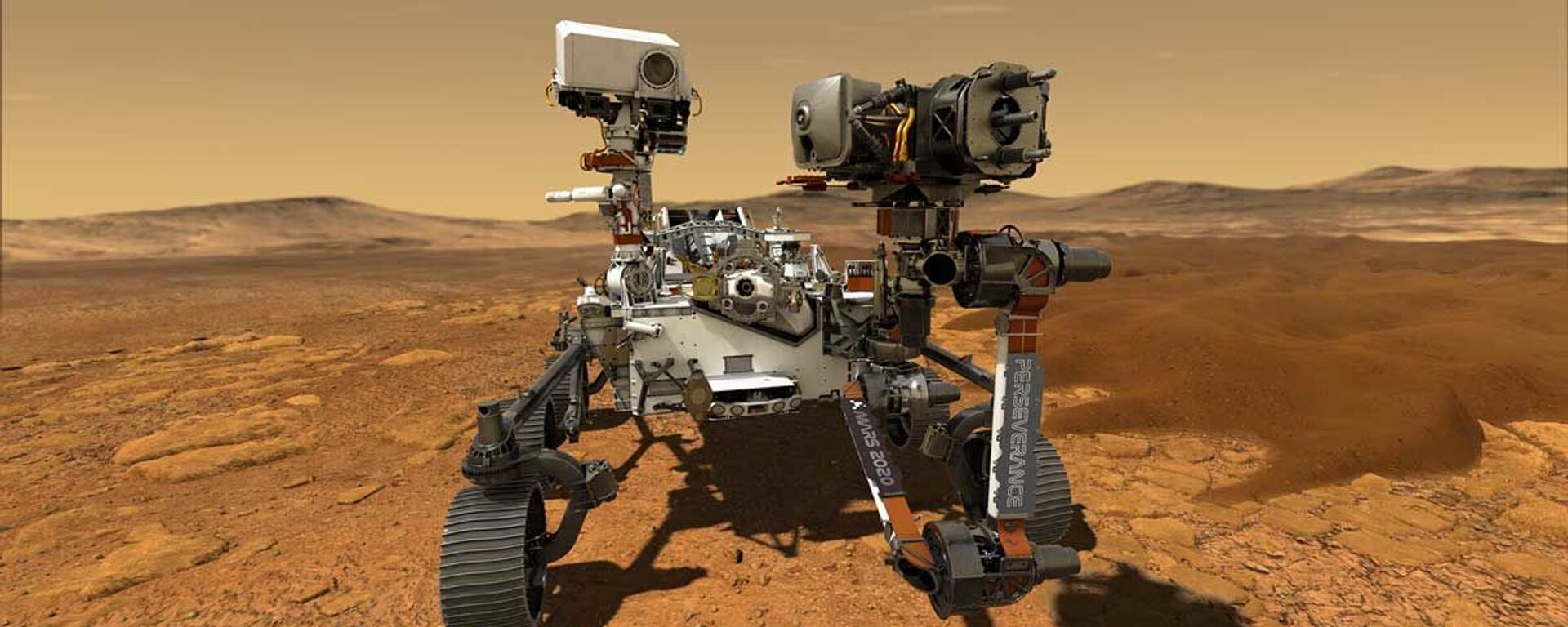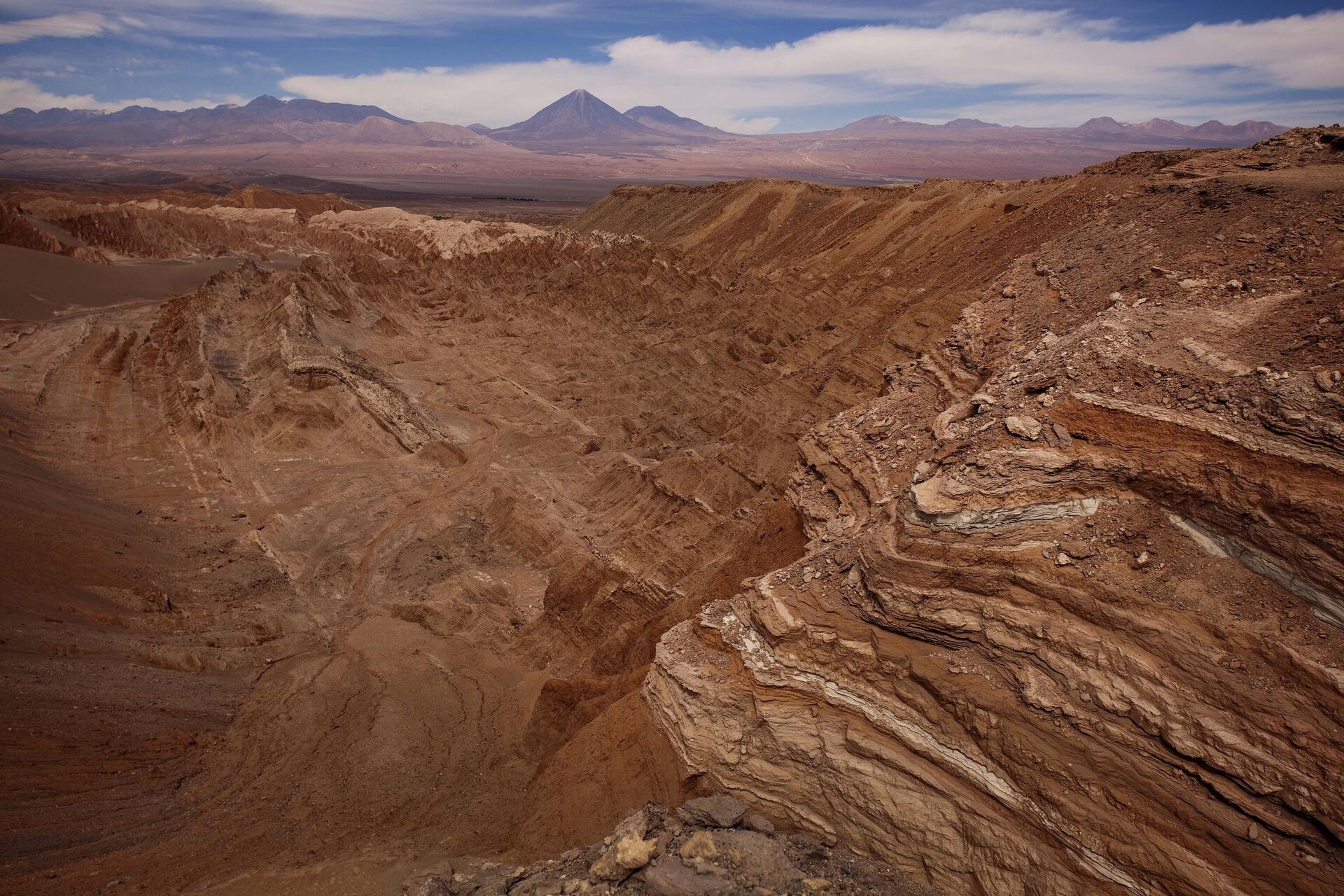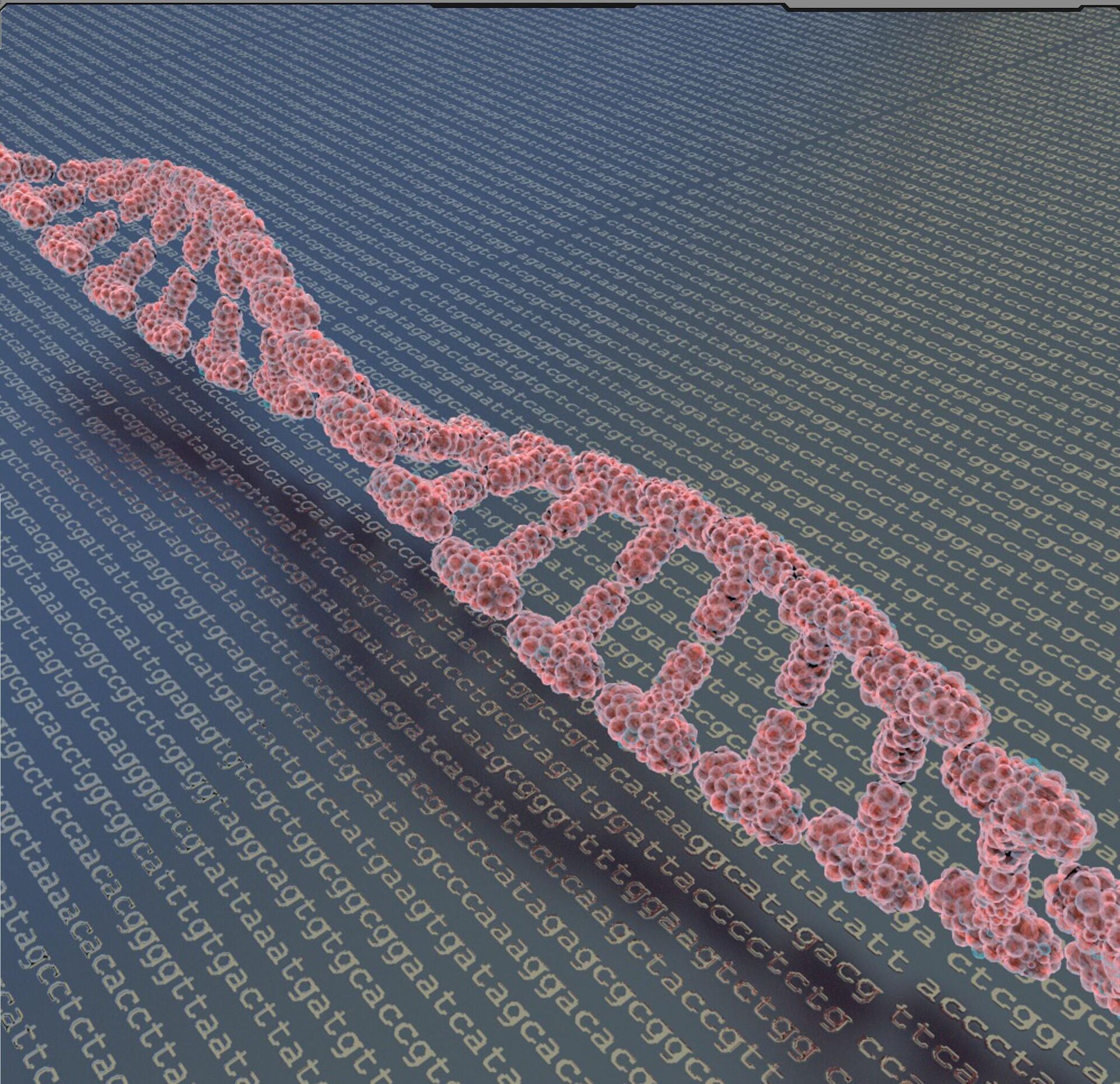https://sputnikglobe.com/20230224/mystery-dna-of-organisms-unknown-to-science-found-in-chiles-atacama-desert--1107771827.html
Mystery DNA of Organisms 'Unknown to Science' Found in Chile's Atacama Desert
Mystery DNA of Organisms 'Unknown to Science' Found in Chile's Atacama Desert
Sputnik International
Mystery DNA fragments of organisms unknown to science have been found in Chile's Atacama Desert.
2023-02-24T14:38+0000
2023-02-24T14:38+0000
2023-02-24T14:52+0000
science & tech
atacama desert
dna
mars
alien life
microbes
perseverance
mars 2020
https://cdn1.img.sputnikglobe.com/img/07e6/03/13/1094013478_0:0:1920:1080_1920x0_80_0_0_1c0d8c24d9c22b5615b42c40277bfb37.jpg
Fascinating fragments of DNA from a blend of microbes have been found by researchers in the Atacama Desert, Chile.But what makes the discovery special is that nine percent of the genetic fragment concoction belongs to organisms "unknown to science," according to a report published in the journal Nature Communications.These organisms are part of the so-called “dark microbiome” - bacteria “so strange and different” that the researchers could not determine what they were related to."In almost half of the cases, the databases could not clearly say what we had in our hands,” microbiologist at the Center of Astrobiology in Madrid and lead researcher Armando Azua-Bustos was cited as saying.The researcher believed that this puzzling genetic material hailed from life forms long extinct and, accordingly, was never documented.While the research is to be continued, importantly, the Atacama findings feed into the ongoing quest for traces of alien life on Mars. The study shows that certain amounts of biological traces can be gleaned from even such an arid environment as the Atacama Desert, so the dry rocks on Mars may yet bring breakthroughs.Tailored to identify potentially habitable environments, missions like the Mars Exploration Rovers, Mars Science Laboratory (MSL), and Mars2020 zoomed in on sites with geomorphological evidence hinting at ancient rivers and lakes on the red planet. In the Atacama Desert, the Red Stone site used to be a river delta over 100 million years ago, when dinosaurs roamed the planet. The site echoes a plateau on Mars within the Jezero Crater that the Perseverance is exploring.“We know there are things to detect,” Azua-Bustos said, adding that the best possible, advanced laboratory instruments on Earth would probe the mysteries of Martian soil samples dug up by the Perseverance rover.
https://sputnikglobe.com/20221214/playlist-must-have-dust-devils-on-mars-caught-on-mic-1105445428.html
mars
Sputnik International
feedback@sputniknews.com
+74956456601
MIA „Rossiya Segodnya“
2023
News
en_EN
Sputnik International
feedback@sputniknews.com
+74956456601
MIA „Rossiya Segodnya“
Sputnik International
feedback@sputniknews.com
+74956456601
MIA „Rossiya Segodnya“
mystery dna fragments, organisms unknown to science, found in chile's atacama desert, perseverance rover, martial soil samples, arid environment
mystery dna fragments, organisms unknown to science, found in chile's atacama desert, perseverance rover, martial soil samples, arid environment
Mystery DNA of Organisms 'Unknown to Science' Found in Chile's Atacama Desert
14:38 GMT 24.02.2023 (Updated: 14:52 GMT 24.02.2023) Chile’s Atacama Desert, one of the most arid places on the planet, in some places resembles Mars. But unlike the red planet, the dusty desert isn’t lifeless, as researchers using state-of-the-art equipment have discovered.
Fascinating fragments of DNA from a blend of microbes have been found by researchers in the Atacama Desert, Chile.
But what makes the discovery special is that nine percent of the genetic fragment concoction belongs to organisms "unknown to science," according to
a report published in the journal Nature Communications.
These organisms are part of the so-called “dark microbiome” - bacteria “so strange and different” that the researchers could not determine what they were related to.
"In almost half of the cases, the databases could not clearly say what we had in our hands,” microbiologist at the Center of Astrobiology in Madrid and lead researcher Armando Azua-Bustos was cited as saying.
The researcher believed that this puzzling genetic material hailed from life forms long extinct and, accordingly, was never documented.
While the research is to be continued, importantly, the Atacama findings feed into the ongoing quest for traces of
alien life on Mars. The study shows that certain amounts of biological traces can be gleaned from even such an arid environment as the Atacama Desert, so the dry rocks on Mars may yet bring breakthroughs.
Tailored to identify potentially habitable environments, missions like the Mars Exploration Rovers, Mars Science Laboratory (MSL), and Mars2020 zoomed in on sites with geomorphological evidence hinting at ancient rivers and lakes on the red planet. In the Atacama Desert, the Red Stone site used to be a river delta over 100 million years ago, when dinosaurs roamed the planet. The site echoes a plateau on Mars within the Jezero Crater
that the Perseverance is exploring.
“We know there are things to detect,” Azua-Bustos said, adding that the best possible, advanced laboratory instruments on Earth would probe the mysteries of Martian soil samples dug up by the Perseverance rover.

14 December 2022, 12:25 GMT




